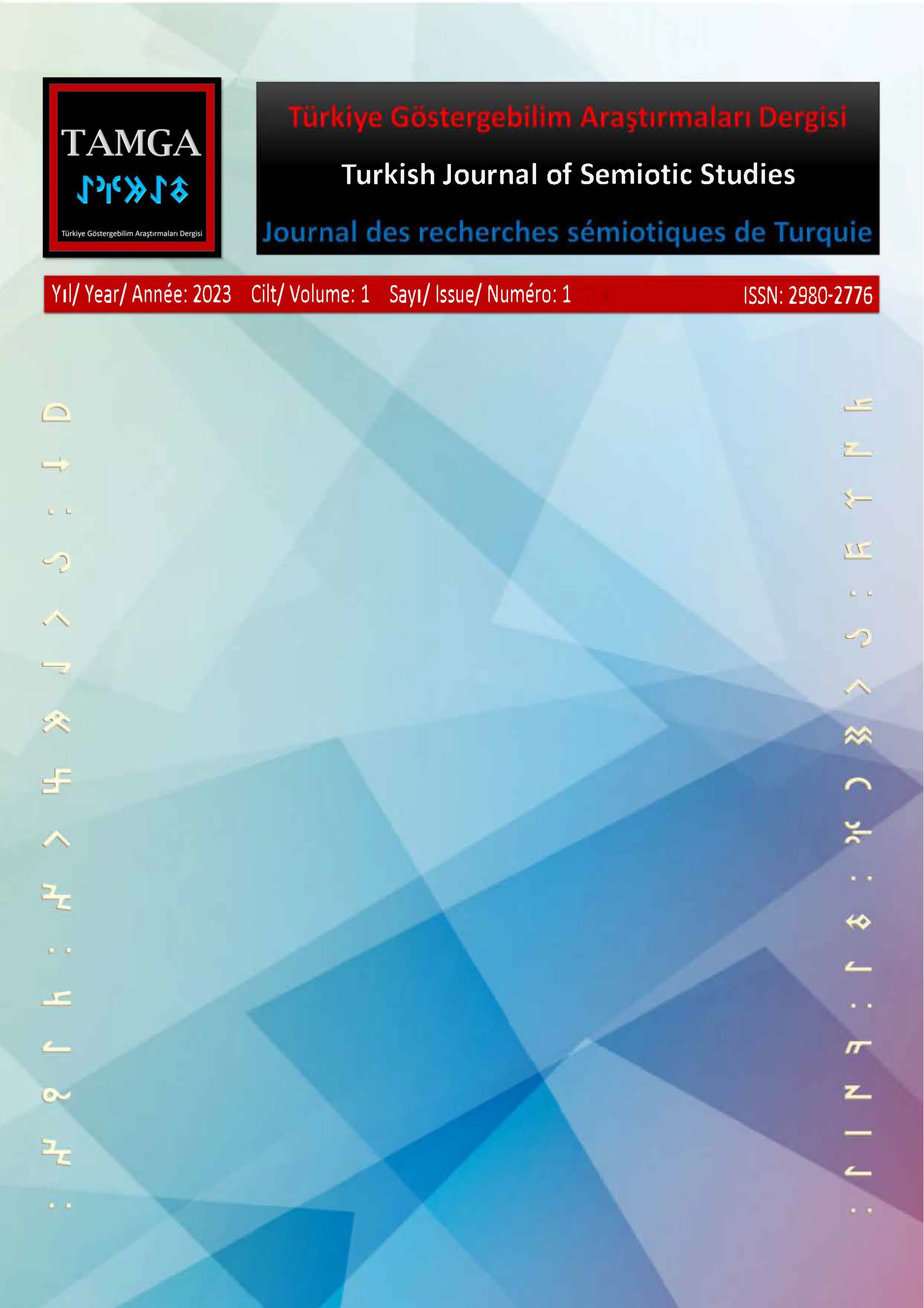The semiotic ideology of deepfakes
DOI:
https://doi.org/10.5281/zenodo.8092216Keywords:
Deepfakes, semiotic ideology, fake, artificial intelligence, Generative Adversarial Network (GAN)Abstract
The article promotes a semiotically-oriented philosophy of communication, able to detect the ideologies of meaning that underpin the new technologies of symbolic exchange. Their evolution throughout history implies important alterations as regards the rhetoric of the fake. This is a constitutive element of the human species, yet its conditions are radically modified in the digital sphere and by the raise of artificial intelligence. The article focuses on the semiotic ideology of generative adversarial networks and their consequences in terms of production and reception of deepfakes. These disquieting new textual products are mostly seen as entertaining; yet, the article concludes, it is just a matter of time before humans will be unable to detect them. Semiotics is therefore called to urgently concentrate on the ‘epistemological crisis’ that will be brought about by advances in the digital fake.
References
Ahn, S. J.-G., & Bailenson, J. (2014). Self-Endorsed Advertisements: When the Self Persuades the Self. The Journal of Marketing Theory and Practice, 22(2), 135-136.
Andrews, E. (2003). Conversations with Lotman: Cultural Semiotics in Language, Literature, and Cognition [Toronto Studies in Semiotics and Communication]. University of Toronto Press.
Baudrillard, J. (1987). Au-delà du vrai et du faux, ou le malin génie de l’image. Cahiers internationaux de sociologie, nouvelle série, 82, 139-145.
Baudrillard, J. (2000). The Vital Illusion: The Wellek Library Lectures. New York.
Brooks, C. F. (2021). Popular Discourse Around Deepfakes and the Interdisciplinary Challenge of Fake Video Distribution. Cyberpsychology, Behavior, and Social Networking, 24(3), 159-163.
Cochran, J. D., & Napshin, S. A. (2021). Deepfakes: Awareness, Concerns, and Platform Accountability. Cyberpsychology, Behavior, and Social Networking, 24(3), 164-172.
Cooke, E. F. (2014). Peirce and the ‘Flood of False Notions’. In T. Thellefsen, B. Sørensen, & C. De Waal (Eds.), Charles Sanders Peirce in His Own Words: 100 Years of Semiotics, Communication and Cognition [Semiotics, Communication and Cognition, 14] (pp. 325-331). De Gruyter Mouton.
Di Caterino, A. (2020). Fake News: Une mise au point sémiotique [Actes Sémiotiques, 123]. Retrieved from https://www.unilim.fr/actes-semiotiques/6445
Eco, U. (1987). Fakes, Identity and the Real Thing [Special issue]. Versus, 46.
Eco, U. (1995). Faith in Fakes: Travels in Hyperreality. Minerva.
Fox, J., & Bailenson, J. N. (2009). Virtual Self-Modeling: The Effects of Vicarious Reinforcement and Identification on Exercise Behaviors. Media Psychology, 12(1), 1-25.
Goodfellow, I. J., et al. (2014). Generative Adversarial Networks. Retrieved from https://arxiv.org/abs/1406.2661
Hancock, J. T., & Bailenson, J. N. (2021). The Social Impact of Deepfakes [Special issue]. Cyberpsychology, Behavior, and Social Networking, 149-152. Retrieved from https://stanfordvr.com/pubs/2021/the-social-impact-of-deepfakes/
Leone, M. (2021). Prefazione / Preface. In M. Leone (Ed.), Volti artificiali / Artificial Faces [Lexia: International Journal of Semiotics, 37-8] (pp. 9-25). Aracne.
Leone, M. (2021). El rostro aumentado: Trayectorias tecnologicas de lo falso. In H. Valdivieso & L. Rojas Parma (Eds.), Next: Imaginar el Post-Presente: Filosofía, arte y tecnología en la cultura digital (pp. 55-76). Universidad Católica Andrés Bello.
Leone, M. (Forthcoming). Semioethics of the Visual Fake. In T. Andina & T. Dreier (Eds.), The Ethics of Digital Images [Bild und Recht, 5]. NOMOS.
Makarychev, A. S., & Yatsyk, A. (2017). Lotman’s Cultural Semiotics and the Political: Reframing the Boundaries. Rowman & Littlefield International.
Ousmanova, A. (2004). Fake at Stake: Semiotics and the Problem of Authenticity. Problemos, 66(1), 80-101.
Segovia, K. Y., & Bailenson, J. N. (2009). Virtually True: Children’s Acquisition of False Memories in Virtual Reality. Media Psychology, 12(4), 371-393.
Todorov, T. (Ed.). (1968). Recherches sémiologiques le vraisemblable [Special issue]. Communications, 11.
Tolosana, R., et al. (2020). DeepFakes and Beyond: A Survey of Face Manipulation and Fake Detection. Retrieved from https://arxiv.org/abs/2001.00179
Weisman, W. D., & Peña, J. F. (2021). Face the Uncanny: The Effects of Doppelganger Talking Head Avatars on Affect-Based Trust Toward Artificial Intelligence Technology are Mediated by Uncanny Valley Perceptions. Cyberpsychology, Behavior, and Social Networking, 24(3), 182-187.
Wu, F., Ma, Y., & Zhang, Z. (2021). ‘I Found a More Attractive Deepfaked Self’: The Self-Enhancement Effect in Deepfake Video Exposure. Cyberpsychology, Behavior, and Social Networking, 24(3), 173-181.
YoungAh Lee, et al. (2021). To Believe or Not to Believe: Framing Analysis of Content and Audience Response of Top 10 Deepfake Videos on YouTube. Cyberpsychology, Behavior, and Social Networking, 24(3), 153-158.
Downloads
Published
How to Cite
Issue
Section
License
Copyright (c) 2023 Massimo LEONE

This work is licensed under a Creative Commons Attribution 4.0 International License.



